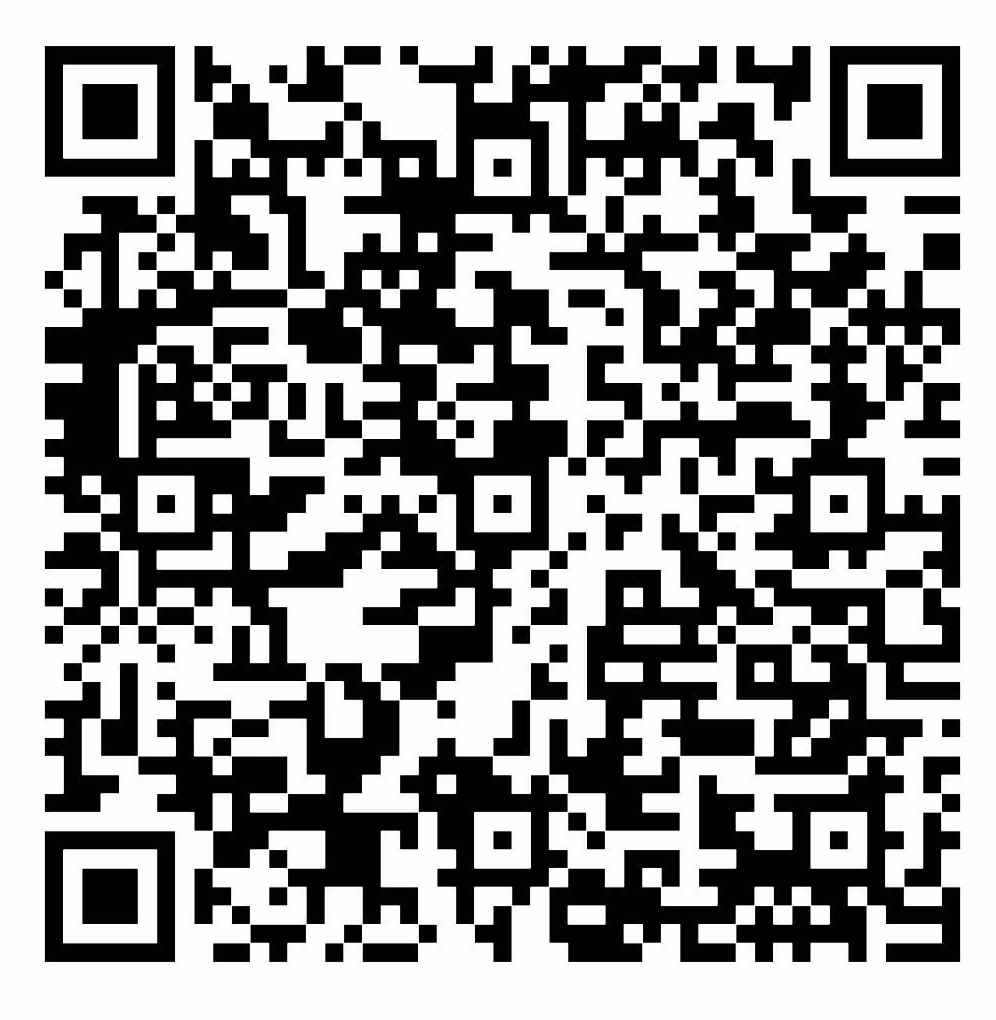Frequently
Asked Questions
Acupuncture is a part of Traditional Chinese Medicine. It’s been used for a long time—thousands of years, in fact. It works by placing fine needles into certain points on your body. These spots are chosen based on what you’re going through, like muscle aches, migraines, stress, or other kinds of discomfort.
The idea is to support the body’s own way of healing and balancing itself. There’s no high-tech machine or dramatic fix. It’s simple and focused. People often come for pain relief acupuncture in Flagstaff Hill, but others seek support for digestion, sleep, or emotional balance.
That depends on your pain threshold. Some people barely notice the needles going in. Others might feel a quick pinch, followed by a warm or heavy feeling. Initial stinging usually settles quickly. Many feel calm or sleepy as the session goes on.
You won’t be left wondering what’s happening. The practitioner will explain things as they go and double check with you. You’re not expected to “do” anything during treatment—just lie back and let your body do the work.
Well covered to avoid cold or wind invasions. No swimming or shower for the following 4 hours after treatment. Avoid anything too intense for the rest of the day—no long workouts, alcohol, or fast-paced errands if you can help it.
Some people feel light or relaxed afterward. Others may feel tired. That’s part of the shift your body’s making. If you’re receiving natural therapy in Flagstaff Hill for something long-term, it’s helpful to jot down how you feel after each session. It can guide future treatment.
Remember: acupuncture isn’t just a one-off. It builds over time. Real change often happens step by step, not all at once.

